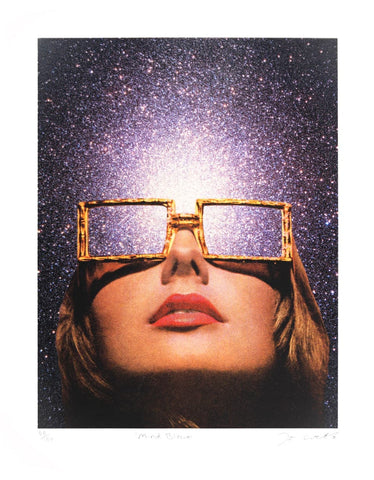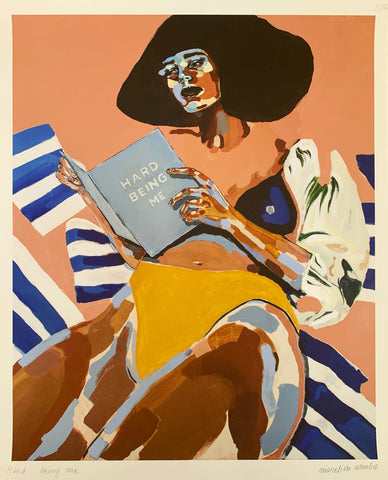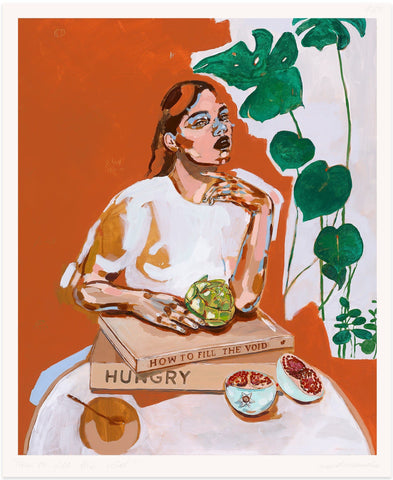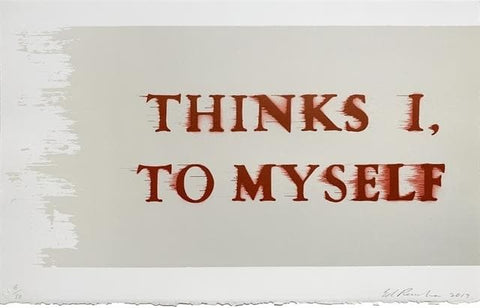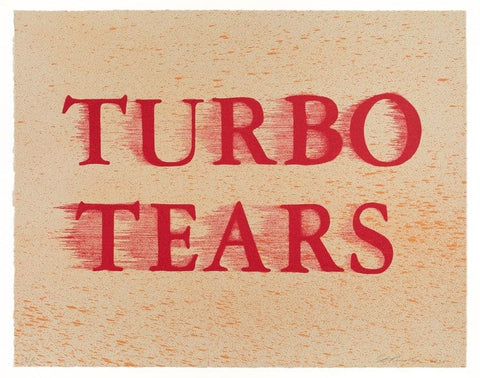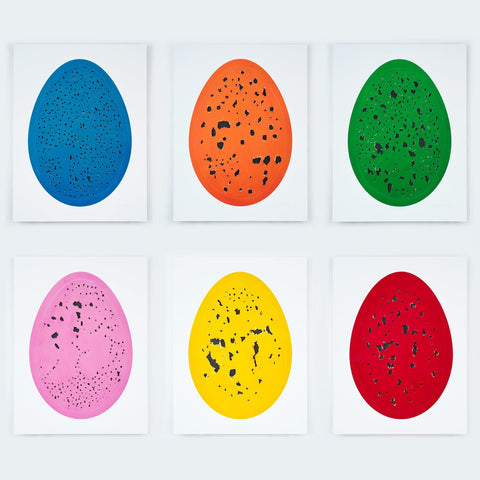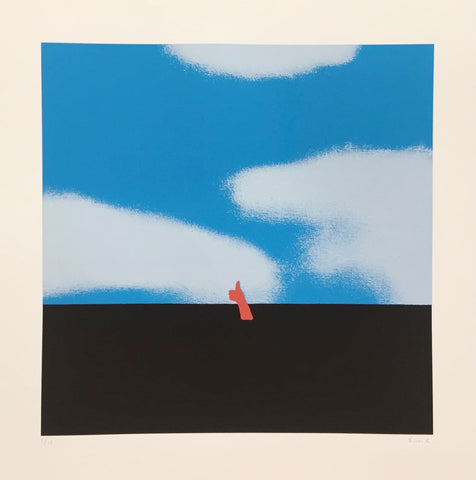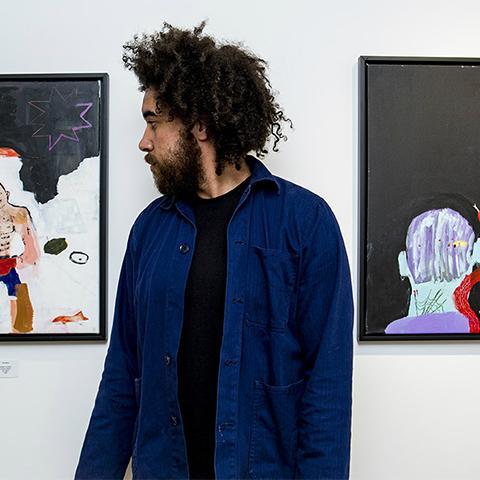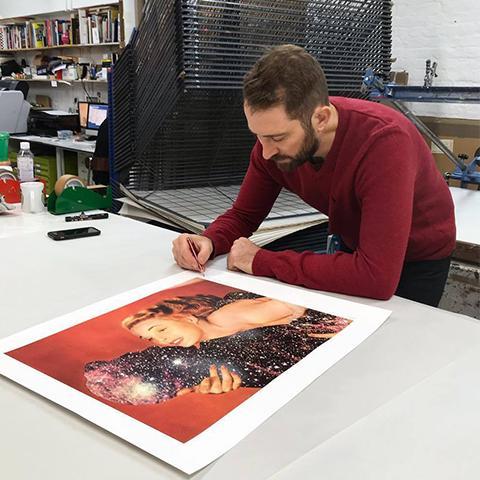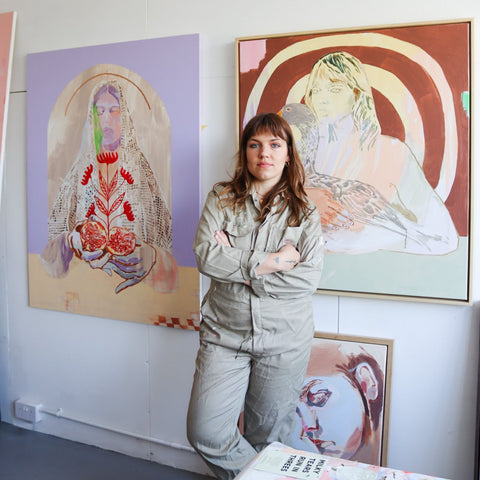Today marks the birthday of Simone de Beauvoir – the French writer and feminist activist best known for penning The Second Sex – the ground-breaking book that, decades since its release, is still credited with bringing feminism to the masses and transforming perceptions of women.

Alongside the likes of Nietzsche, Albert Camus and Jean-Paul Sartre, De Beauvoir was known as an existentialist – a group of philosophers focused on questions of existence, authenticity, freedom and individuality.
One key facet of existentialism is the idea of living life as a work of art, with creativity seen as a necessary practice for individuals to evolve into who they truly are and who they want to be. This meant that in addition to their philosophical writing, existentialists were also known for great fiction, poetry, and works of art.

From de Kooning to Cézanne, many an artist has attempted to express the dilemmas of mankind via their art. So today, to honour De Beauvoir’s birthday and her legacy, we’re taking a look at how this school of thought has been interpreted by Enter Gallery artists.
Francis Bacon
Francis Bacon’s entire oeuvre is known for capturing the existential agony of humankind. The Irish painter’s distorted depictions of the body, howling and writhing in agony have become icons of human failure.
Bacon’s placement of his subjects within the frame hints at his exploration of the anguish of trying and failing to position ourselves within the world. Pain is a recurring theme, with pieces like Study for a Head, literally depicting the contorted face of a screaming man. If any one idea were to sum up existentialism, it would be this notion of screaming into the void.
Joe Webb
Joe Webb’s work has been described as ‘Surrealism for the 21st century’ and explores important themes such as climate change, inequality, and consciousness itself.
Through every perceptive and otherworldly piece, Webb urges us to take a step back from the pace and pressures of everyday life, to question the multitudes we hold within us, and our very place in the universe.
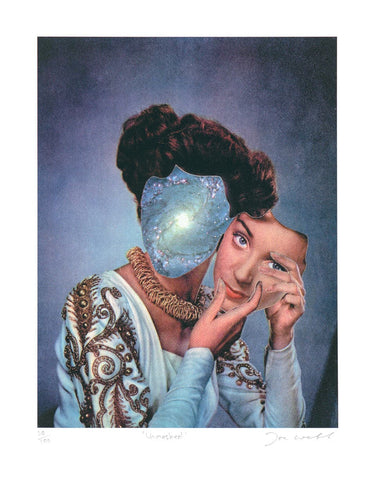
View works by Joe Webb.
Marcelina Amelia
Boasting a distinctly-contemporary aesthetic, Marcelina Amelia’s art is infused with a dreamlike take on the human condition.
True to existentialism, her work explores the very tensions that define our lives. She explains: “I like to play at the tense borders between lust and innocence; joy and sadness; fun and pain.”
Through her explorations of longing, anxiety and insatiable hunger, Amelia’s work invites the observer to consider what we turn to in life in our attempts to feel full.
View works by Marcelina Amelia.
Ed Ruscha
Through his work, ground-breaking American artist Ed Ruscha explores the existential nature of painting itself.
"Art has to be something that makes you scratch your head," he states, and his innovative text-based paintings have been described as capturing the collective fears of modern life in an anxious world.
View works by Ed Ruscha.
Gavin Turk
Since he rose to prominence in the late 80s as one of the Young British Artists (YBAs), conceptual artist, Gavin Turk, has been delving into themes of authenticity, identity and ‘myth’ of the artist.
Speaking of the existential slant to his work, Turk has stated: "I absolutely love the idea of inviting everybody to get a little bit existential, everyone should get a chance in their life to spend a bit of time just being able to muse and think about what they value."
A prime example of Turk’s own musings is Holy Eggs, in which he’s used the egg as a motif to explore the fragility of the human condition.
View works by Gavin Turk.
Euan Roberts
Euan Roberts’ upbeat art is a welcome salve to the existential agony of being alive. With each colourful work that urges the observer to look on the bright side, Roberts seems to suggest that, sure, life is hard… but let’s remember we’re all in it together.
Speaking of his hopeful work, Roberts explains: "I want my pictures to be visual mantras for the viewer. Lifting them up, dusting them down and telling them to keep going."


